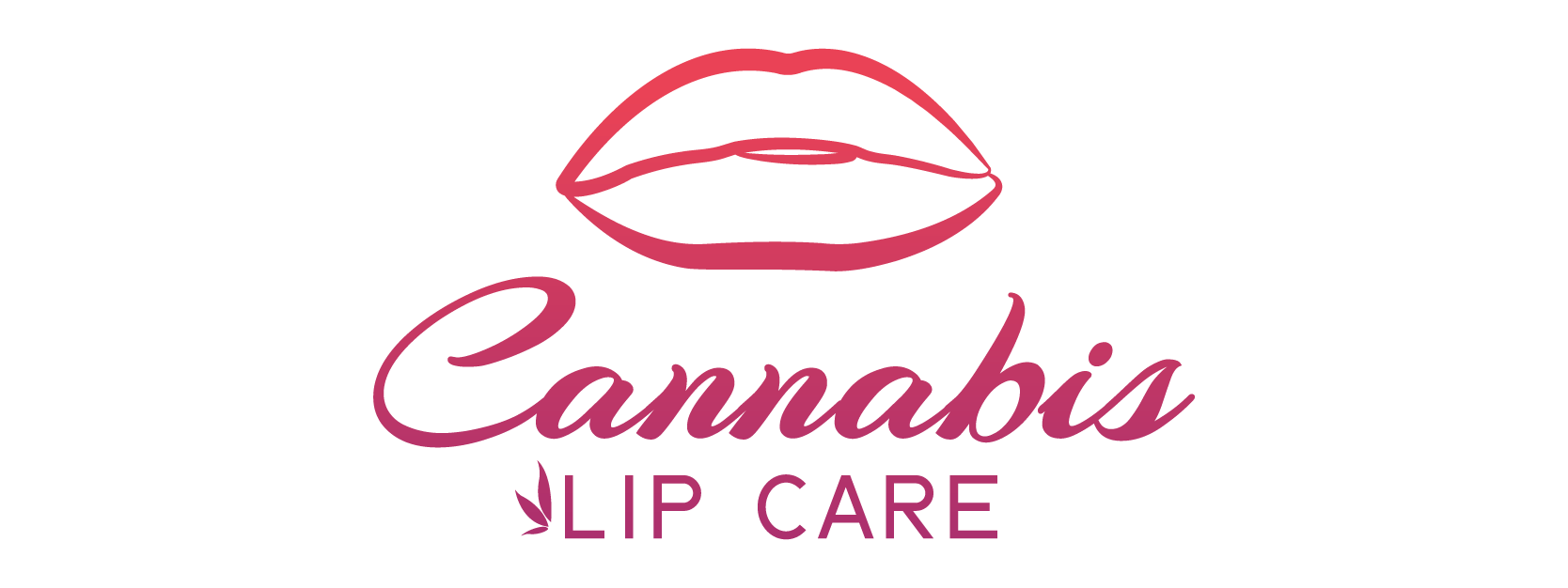When it comes to keeping lips soft, hydrated, and protected, the beauty aisle can be confusing. Between lip balms, chapsticks, and oils, each product claims to deliver nourishment and shine—but what sets them apart? Understanding the difference helps consumers choose the right formula for their climate, lifestyle, and skin type.
Lip Balms: The Deep Conditioners
Lip balms are the skincare equivalent of a comforting blanket for your lips. Typically thicker in texture, balms are designed to create a barrier that locks in moisture and protects against environmental stressors such as wind, cold, or dry air. They often contain waxes (like beeswax or candelilla), butters (such as shea or cocoa), and nourishing oils (like jojoba, coconut, or hemp seed).
Balms tend to be richer and longer-lasting than other products, making them ideal for cold climates or nighttime repair routines. They can be found in pots, tubes, or sticks and may include healing additives like vitamin E, cannabidiol (CBD), or aloe vera. Dermatologists often recommend them for those with chronically dry or peeling lips since their semi-occlusive nature traps hydration beneath the surface.
In short, lip balms treat and protect—they’re the go-to for repairing damage or preventing chapping before it starts.
Chapsticks: The Everyday Protectors
The term chapstick has become so common that many people use it interchangeably with lip balm. However, “ChapStick” is actually a brand name that helped popularize a specific type of balm designed for convenience and daily use. Chapsticks are usually packaged in slim twist-up tubes and have a firmer, waxier texture compared to most balms.
While balms can lean luxurious or therapeutic, chapsticks focus on practical protection. They often contain similar base ingredients—petrolatum, beeswax, and camphor—but are optimized for portability and quick reapplication. Some formulas now include SPF to protect against sunburn, while others use soothing ingredients like menthol or eucalyptus for instant relief.
Chapsticks are best for on-the-go users who need a simple, no-mess way to keep lips moisturized during the day. Think of them as your everyday defense—less about deep repair, more about consistent shielding.
Lip Oils: The Lightweight Enhancers
Lip oils are the modern multitaskers of lip care, bridging the gap between skincare and beauty. Unlike balms or chapsticks, they don’t form a heavy barrier; instead, they deliver nutrients directly into the skin with lightweight hydration and a glossy finish.
Formulated with natural or synthetic oils—like argan, rosehip, or cannabis sativa seed oil—lip oils absorb quickly, leaving lips supple and luminous. They’re rich in fatty acids and antioxidants, which help strengthen the skin’s moisture barrier over time. However, because they lack waxes or butters, they may need more frequent reapplication in harsh conditions.
Perfect for warm climates or daytime wear, lip oils are hydrating and beautifying at once—ideal for those who prefer shine without stickiness.
Choosing What’s Best for You
Each product has its moment. Lip balms are best for deep overnight treatment or protection in cold, dry weather. Chapsticks excel as everyday shields against environmental exposure, while lip oils shine—literally—for soft, hydrated lips with a hint of gloss.
Ultimately, the right choice depends on your personal needs and environment. Some even layer the three—starting with oil for hydration, sealing it in with balm, and using chapstick throughout the day for maintenance.
